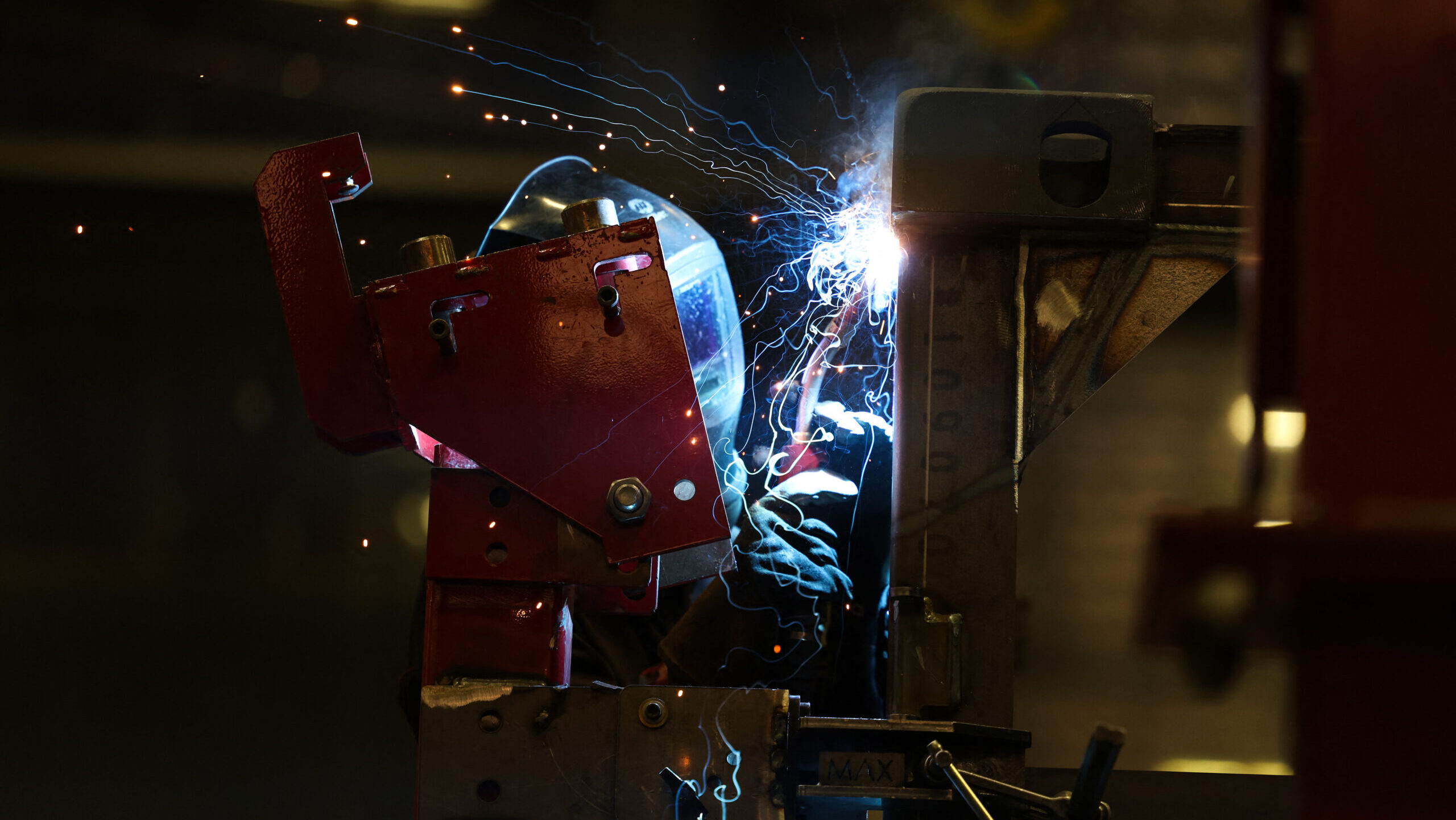Manufacturing Rebounds: Industry Signals Economic Revival

Manufacturing Momentum: Signs of Economic Recovery Emerge
The manufacturing sector is showing promising signs of revitalization, with recent data from the Institute for Supply Management (ISM) revealing a positive trend in new orders. After months of uncertainty, manufacturers are experiencing a notable uptick in demand, signaling potential economic resilience and renewed business confidence.
The ISM's latest report indicates a gradual but steady increase in manufacturing orders, suggesting that businesses are becoming more optimistic about future production needs. This trend could be a key indicator of broader economic recovery, as manufacturing often serves as a bellwether for overall economic health.
Experts are cautiously optimistic about these developments, seeing them as a potential turning point for the industrial sector. The rise in orders may reflect growing consumer confidence, improved supply chain dynamics, and strategic business investments that could drive economic growth in the coming months.

